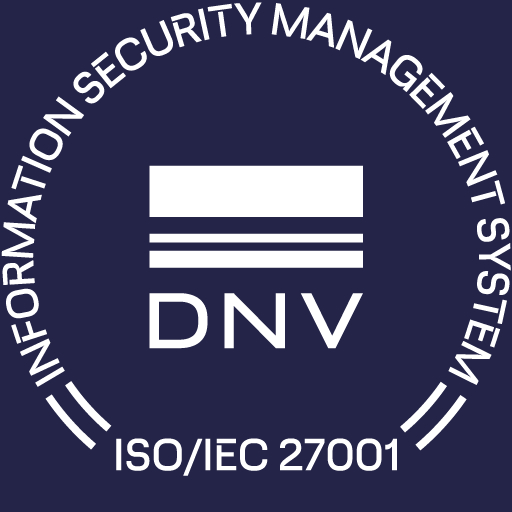Why Building Your Own Licensing Solution May Not Be as “Easy” as You Think
Many software vendors still rely on software audits to control over-usage rather than implementing a robust licensing solution. We call this the reactive approach—waiting for problems to arise and then scrambling to fix them. The smarter choice? A proactive approach, where licensing management is built in from the start.
Yet, instead of opting for a proven, professional solution, many companies decide to create their own in-house system. Let’s call this DIY solution “EasyLic.” The typical justifications sound like this:
- Our developers can handle it
- We must keep this critical know how in house
- A third party tool might not provide the necessary functionality and flexibility for future changes
An EasyLic approach might indeed be meaningful for B2C software without significant complexity, a fixed business model or a short lifecycle. Nevertheless, for more complex products with editions, regular updates and business customers, EasyLic typically evolves in the following way(s):
The Inevitable Evolution
- EasyLic 1.0 requires a considerable amount of development resources, but ultimately fulfills the initial requirements
- EasyLic is based on license keys
- EasyLic does not provide maximum protection, since the developers are not security experts and EasyLic is not their main priority
- As the core product grows, so do the licensing requirements: trials, pay as you go, partner/reseller, named and/or concurrent users
- Administrative and development resources are assigned to license management. Customers have to contact the vendors for trivial issues such as hardware migration or edition upgrade/downgrade
- The CTO is frustrated by the fact that precious development resources are assigned to EasyLic, slowing down the progress of the core product
- The CEO is frustrated by the fact that new business models cannot be unleashed due to licensing restrictions
- After some time, developers and managers realize that an EasyLic 2.0 is necessary to address the growing requirements. This does not only cost time and money, but poses serious distribution challenges regarding existing customers, since license keys have to be replaced
- The vendor extends his offering with a second product. Unfortunately, EasyLic is unable to address the new requirements since it is tailored for the vendor’s first product -> EasyLic 3.0
The Bottom Line
If any of these points sound familiar, you’re not alone. While the EasyLic route might seem like the best solution initially, it often leads to more headaches down the road. Instead of wasting precious time and resources reinventing the wheel (over and over again), it’s worth considering a professional licensing solution that scales as your business grows.


